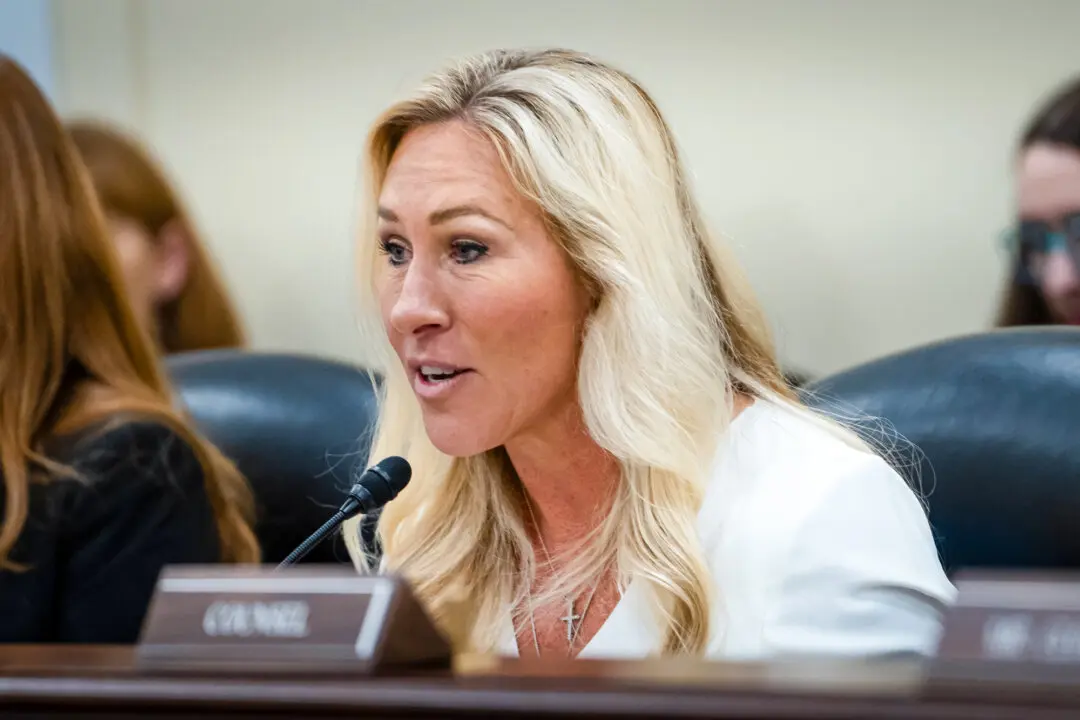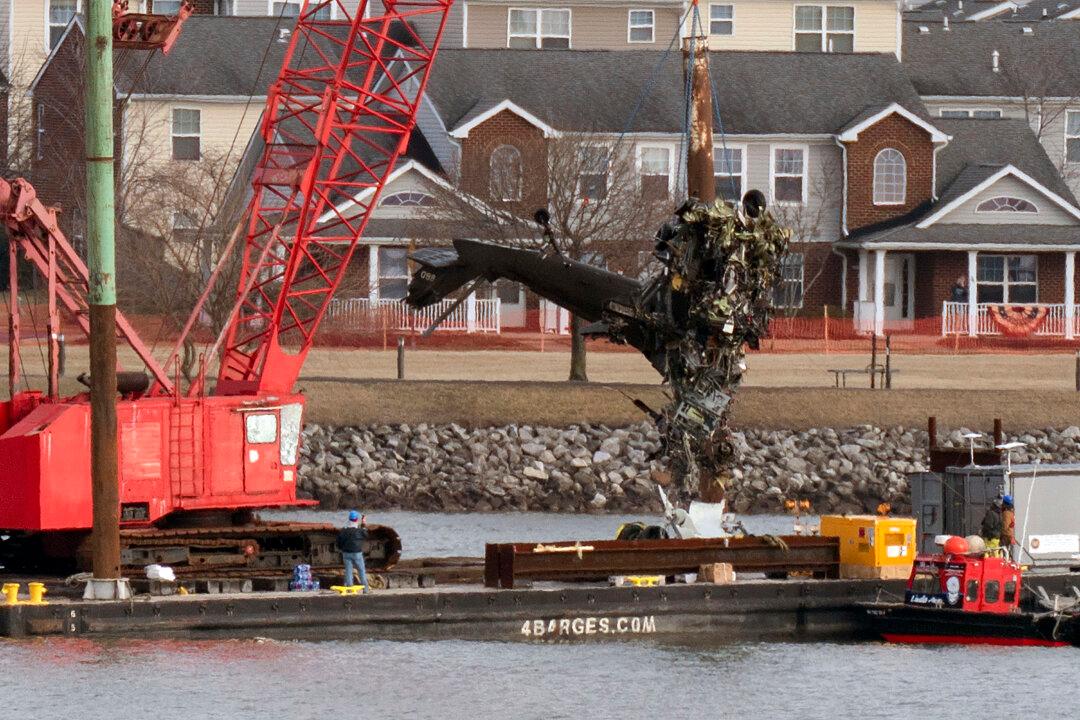The Biden administration unveiled its final resource management plan for North Dakota on Aug. 9, which suggests restricting future coal leases on federal lands in the state.
The final plan, released by the Bureau of Land Management (BLM), proposed designating areas beyond 4 miles from areas with existing coal mine permit boundaries as “unavailable” for future coal leasing.





